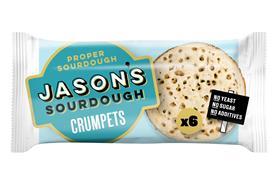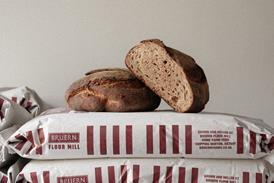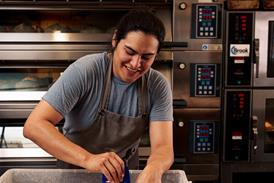Porridge breads guide: how to soak, shape and bake

Porridge breads – loaves made using a porridge of either bread or grains folded into dough – are gaining popularity on the craft bakery scene
To continue reading, register for free
You are what you read, registration is quick, easy and free. Just click register now and you’ll be finished faster than it takes you to butter a crumpet!
Don’t miss out:
- Unlimited access to content
- Regular newsletters to your inbox
- Save articles to read later on
- A more personalised experience
Already registered? Please log-in here


















